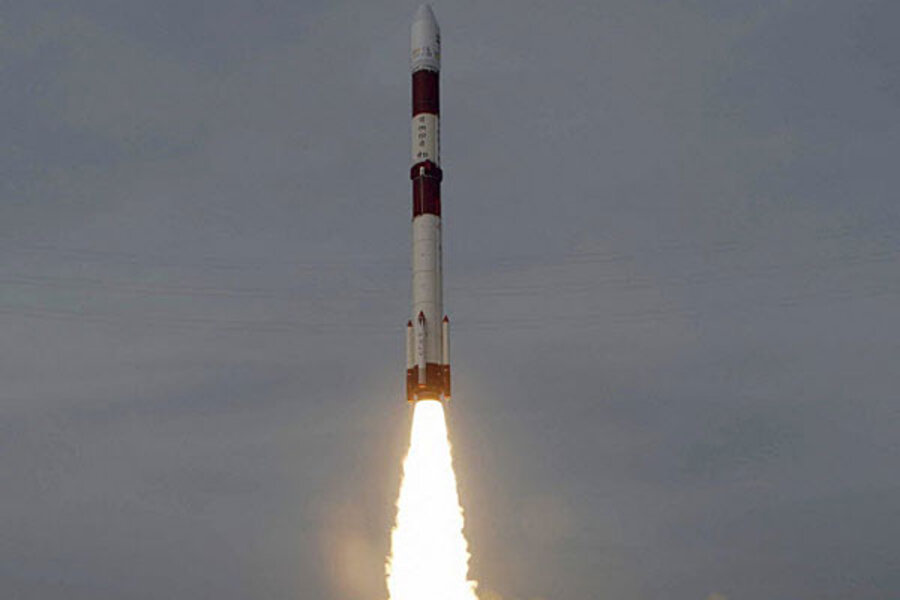India's PM confirms $82 million Mars mission
| NEW DELHI
India plans to send a spacecraft to Mars next year in a giant leap forward for science and technology in the country, Prime Minister Manmohan Singh said Wednesday.
Singh said the unmanned spacecraft will enter orbit around the planet and collect scientific information.
India's independence
He announced the 4.5 billion rupee ($82 million) mission during a speech marking the 65th anniversary of India's independence from British rule.
"This spaceship to Mars will be a huge step for us in the area of science and technology," he said.
The spacecraft is to be launched in November 2013 on a frequently used rocket developed by the Indian Space Research Organization.
India has had an active space program since the 1960s. Since the 1970s it has launched scores of satellites for itself and for nearly two dozen other countries.
In 2008, India successfully sent a probe to the moon that detected evidence of water on the lunar surface for the first time. India is also planning a rover mission to the moon and is awaiting budgetary approval for a manned space mission.
Electricity and drinking water
Critics of Singh's Congress party say the government's priorities are skewed and it should concentrate instead on providing the basic needs of people such as electricity and safe drinking water. Last week, more than 600 million people lost power for hours when the country's decrepit electricity grid collapsed.
Indian scientists dismiss the criticism, saying that technology developed as part of the space program has resulted in spinoffs in other areas.
"It is certainly not a question of misplaced priorities," former ISRO chief U.R. Rao was quoted as saying by The Asian Age newspaper.
ISRO chief K. Radhakrishnan says the Mars mission must take place when the planet is closest to Earth, which happens every 26 months. There are three "windows of opportunity" in late 2013, 2016 and 2018, and Indian scientists are aiming to be ready for the 2013 opportunity, he said.






